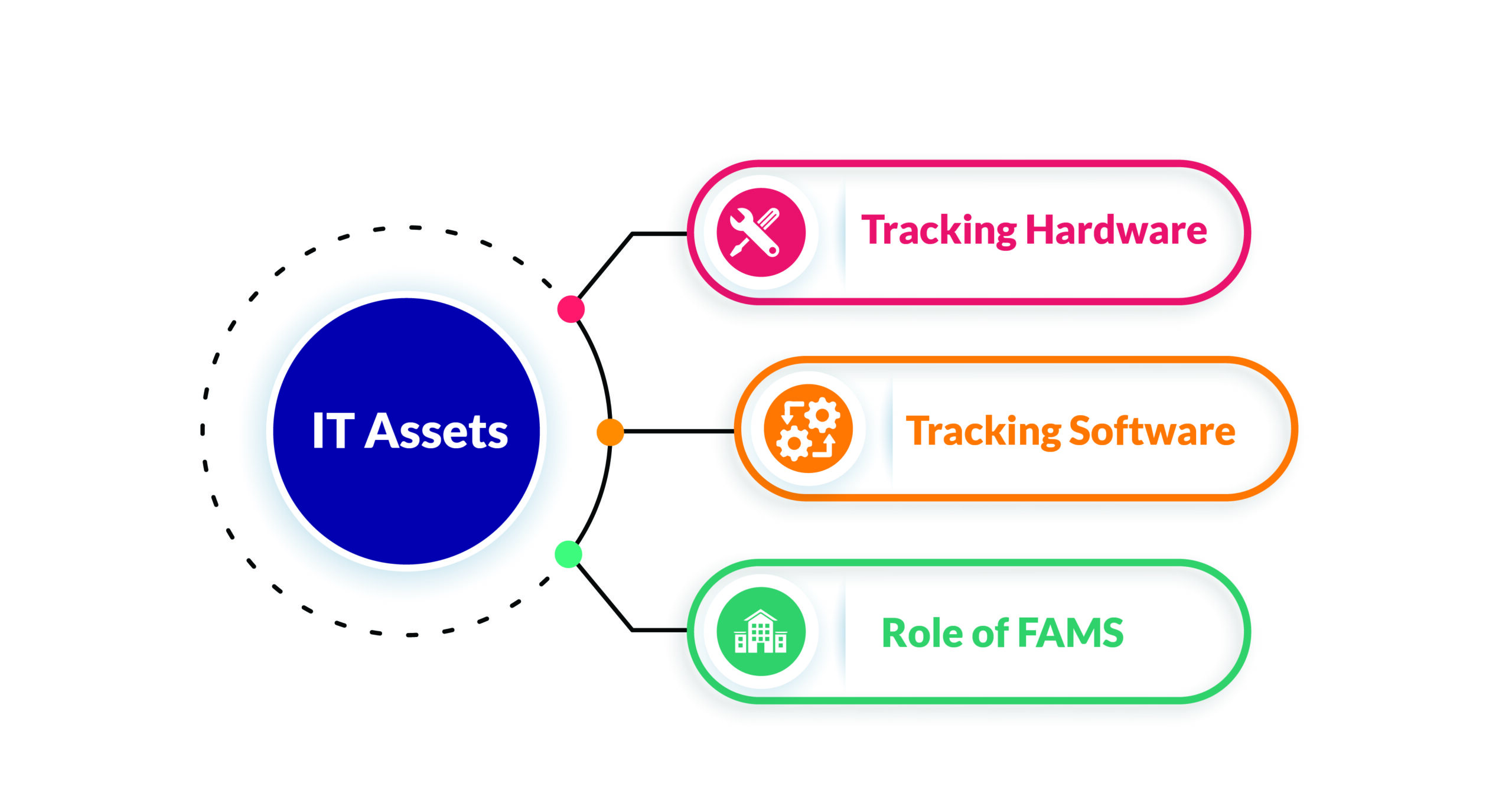Admins have been there, tracking of assets is a hassle for sure.
But is there a way to maintain efficiency while handling all this hassle?
Of course there is! A Fixed Asset Management System! How? Here’s how-
 – Tracking Hardware
– Tracking Hardware
“Which asset is allocated to which employee in which department?” Now that is something you will not need to worry about with a Fixed Assets Management Software. You can generate and allocate a barcode to each and every IT Asset and track it. You can issue the barcode for every change in asset to have an accurate track of the asset. This saves time as one can know which employee the particular tech is allotted to by just scanning the code. Not only that, one can also know the department of the employee and the period for which the asset is issued.
Talking of allocation, Asset Allocation is another major reason you should consider getting a Fixed Asset Management System. Allocating assets with proper barcodes/ QR Codes/ RFID Tags allows you to accurately track assets, more importantly IT Assets which tend to move more frequently in an organisation. Allocation of assets also helps in making the workflow easier by ensuring that the proper employee has the proper asset.
– Tracking Software
By tracking software, a fixed asset management system means tracking the dates for expiry, renewals, etc.
It is one thing to keep a track of hardware service due and another thing to ensure that all the softwares is up to date, running and the respective certificates are not expired. SSL and SQL Certificates also need to be renewed. With a Fixed Assets Management System, the IT Admin can focus on other important tasks while the system tracks the expiry and renewal of such software and encryption certificates.
The IT Admins all collectively might agree on one thing. Maintaining a date sheet to track IT Hardware is one hectic job. What if this tedious task was performed by a software/ system? That is what an FAMS does for you!
 – Role of FAMS
– Role of FAMS
A Fixed Asset Management System ensures that you never miss out on any of your asset services due. Get automated reminders for whenever your IT infrastructure like laptops, desktops, biometric systems, etc call for service. No more stress to the IT Admin with Email and pop-up reminders for every asset to the Admin as well as the employee the asset has been allocated to!
To conclude, an FAMS helps an organisation manage it’s IT Infrastructure by keeping a date sheet and reminding and/or notifying about renewals/ expiry/ service dues, by Helping them track the IT Assets and by assisting in allocating the proper asset to the proper employee.
If you are looking for a FAMS which excels in the above mentioned necessities, you should consider Spine Assets. Spine Assets not only covers the 4 basic necessities but also offers many more features that will help your organisation boost its asset management efficiency.


 – Request and Approval of Assets
– Request and Approval of Assets
 – Resume Parsing
– Resume Parsing
 Expense Tracking
Expense Tracking
 – Visitor Management
– Visitor Management
 – Tracking Fixed Assets
– Tracking Fixed Assets
 Advantages:
Advantages:
 Pros:
Pros:


 – Budgeting
– Budgeting